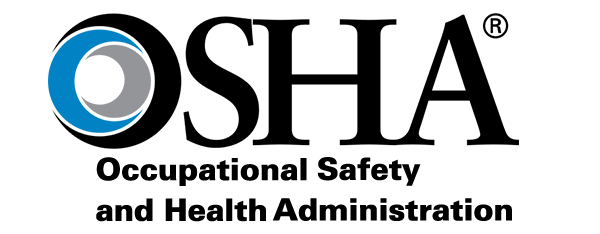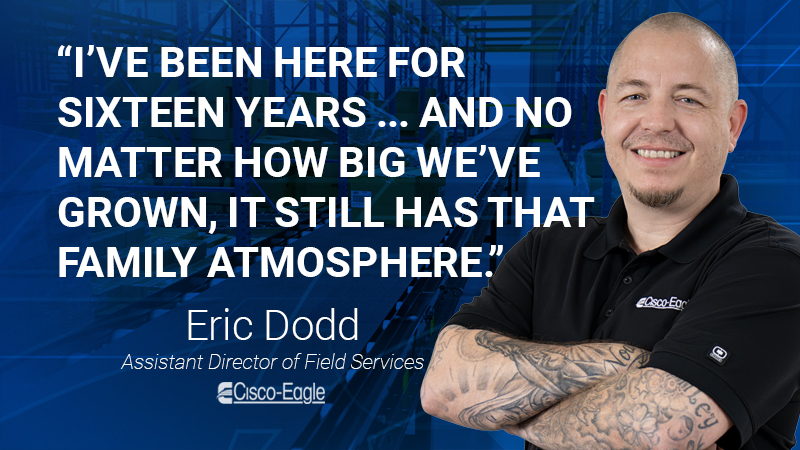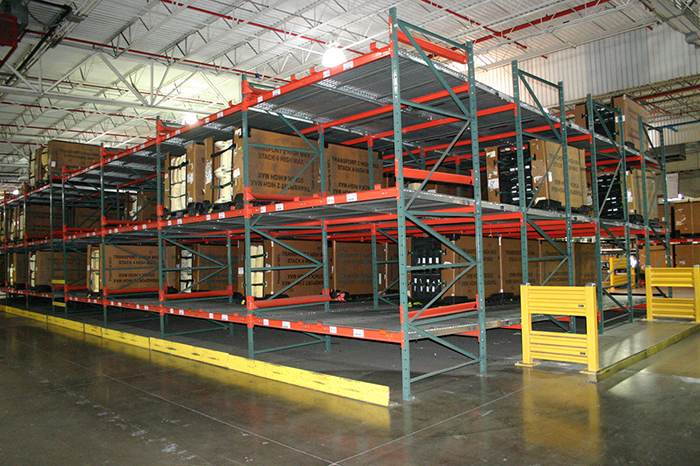
write an introduction for this article
Tags: Automation, shipping, labor
Posted in Industry Insights|

Ensuring workplace safety is an ongoing challenge, especially in fast-paced manufacturing, warehousing, and material handling operations. Every year, the Occupational Safety and Health Administration (OSHA) publishes its list of the most frequently cited workplace safety violations, a snapshot of the most pressing hazards that can lead to injuries and serious fines.
While the list results don’t have many changes from year to year, it’s important to review annually. Comparing your safety processes and training to what’s included can help to create a more robust system that can save lives and protect what matters.
Posted in Safety & Ergonomics|

Cartons affect the full sequence of warehousing operations, but are frequently overlooked.
Besides carton sizes, you must also consider carton construction. One box out of square may not matter much; over a whole shipment, un-squared cartons can cause issues up and down the line. They don’t stack well, may not convey correctly and could result in product damage. In fact, you may pay higher shipping costs due to the size, composition and condition of the simplest thing: the carton.
Posted in Warehousing & Distribution|

Above: VLMs condense space more efficiently than conventional storage racks, or even mini load systems. They can use the space more effectively because less “air space” is needed for the storage capacity.
Companies install carousel systems and vertical lift modules for many reasons, including flexibility, storage decentralization, operator access, retrieval times, security consolidation and picking accuracy gains. One of the most important reasons is the way they optimize space.
Posted in Space Optimization & Planning|

Every facility has its heroes like the shiny conveyor systems, towering pallet racks and state-of-the-art automation that seem to draw all the safety focus. But just like in any good action movie, even the heroes have a few weaknesses. Warehouses and manufacturing facilities are no different! These “weak links” are the areas that, if overlooked, can cause big safety issues. You can create a stronger, more resilient facility by paying attention to these sneaky trouble spots.
Posted in Safety & Ergonomics|

Ergonomics are critical for warehousing and manufacturing operations for both safety and efficiency reasons. North Carolina State University is offering a December 2024 workshop for companies who want to educate themselves on the process. We also cover the impact of slow receiving operations and the impact “driver detention” has on companies and safety.
Tags: ergonomics, loading docks
Posted in Industry Insights|
Pick modules are commonly used in distribution operations when companies need to build high-density, high-throughput order fulfillment operations. This typically involves a multi-level platform system integrated with vertical storage options to move finished orders on and off platform levels toward other warehouse destinations.
One overlooked aspect is the addition or removal of empty cartons to picking positions. What are your options?
Tags: conveyors, Mezzanines, pick modules, Vertical Storage
Posted in Order Picking & Fulfillment|

In this month’s employee spotlight, we interview Eric Dodd, Assistant Director of Field Services. He talks about challenges our service group faces, why training matters, and his favorite Houston sports moment.
Posted in ESOP & Company News|

In the cold and frozen food sector, tremendous growth combined with a serious shortage of capacity is severely constraining companies today. “The frozen food market is currently experiencing remarkable growth, with its global value soaring to $265 billion. In the U.S. alone, new frozen food sales have impressively surpassed the $72 billion mark,” states Rick Kingery in the Colliers’ article “Capitalizing on the $265 Billion Frozen Food Market: Cold Storage’s Crucial Role.”
Adding to the challenge, “We estimate the U.S. will need up to 100-million-square-feet of additional cold storage space in the coming years,” states Marty Khait in an article posted on the Refrigerated & Frozen Foods Magazine website, “The Cold Reality: Why America’s Cold Storage Capacity is Running Low.”
Posted in Pallet & Warehouse Racks|

Your pallet flow system produces a smooth, orderly process first-in, first out product flow. To ensure it performs, regular inspections and timely repairs are essential. Although pallet flow systems typically require minimal maintenance, proper employee training and consistent checks can help avoid misuse and prolong the life of your equipment. Pallet flow systems are built to flow heavy pallets from infeed to picking, using brakes and dampeners. Over time, these components must be inspected, maintained or even replaced for optimum, safe performance.
Posted in Pallet & Warehouse Racks|